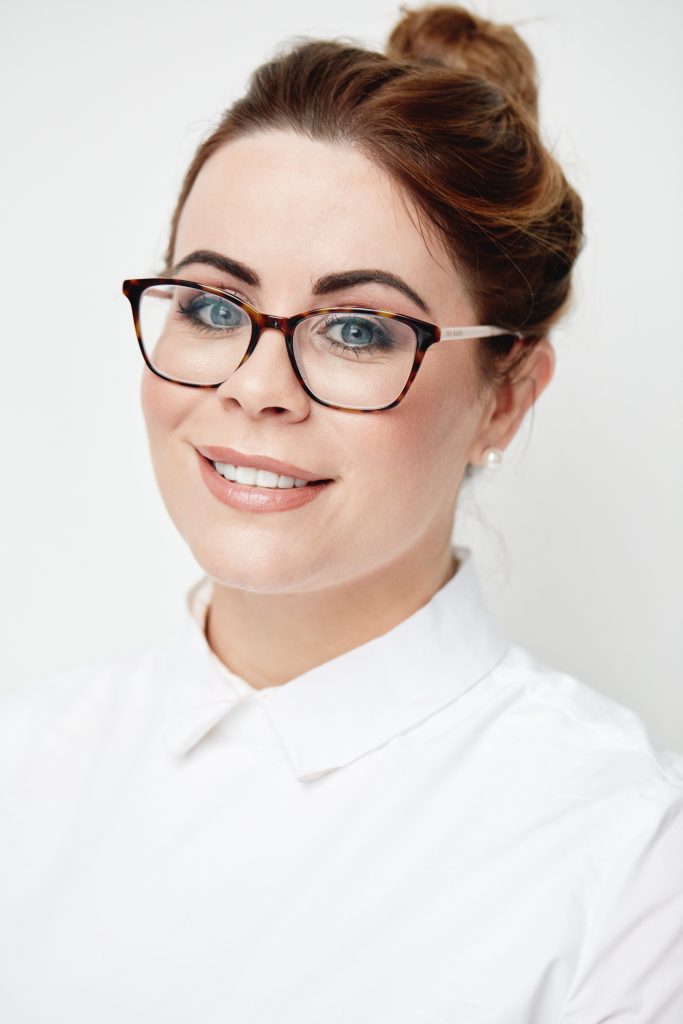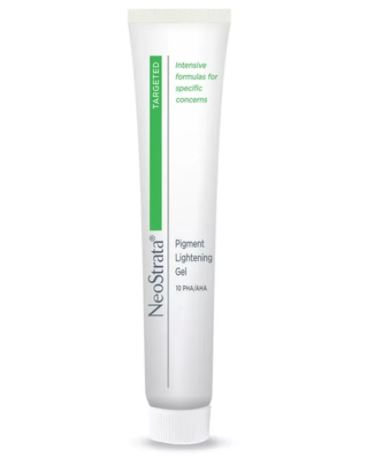
Did you know there are two types of freckles? Today, the Skin Nerd Jennifer Rock explains the difference

Freckles are one of the most well-known physical markers of Irishness and they are so gorgeous that people actually draw the bloody things on to pretend they have them. However, not many know that there are actually two types of freckles: ones that you will have genetically and ones that have developed due to (you guessed it) sun damage. We adore and want to keep all genetic freckles but ideally, we never want to see sun-related freckles appear.
Your freckles are genetic if they are darker and multiply in sunny periods and lighten up in colour and number in the winter. This type of freckle is called an ephelide. The other type of freckle is called a lentigine or a solar lentigo, more commonly known as an age spot, a sun spot, a liver spot or a pigment spot. You will be able to tell if you’re afflicted with lentigines as they will remain the same darker colour all year round, be bigger than the stereotypical freckle and will have a more defined border, or if you suddenly develop 'freckles' for the very first time after being on a sun holiday.

Solar lentigo are usually nothing to worry about but an eye should be kept on them in case of changes in shape, size, colour or rise and if something seems out of the ordinary, report it to your GP. Outside of this, some think pigmentation spots are unsightly. My belief is always skin health over aesthetics but do not fret as there are ways to reduce the appearance of them dramatically.
This tip is a bit late for those looking to get rid of pigment spots now but prevent, prevent, prevent with a broad-spectrum SPF (protective from both UVA and UVB rays) every day. You need to be wearing an SPF of at least 30 if you have typical Irish skin, skin that is Fitzpatrick type I and II. Just because your foundation shade is called “Sand” rather than “Ivory” does not mean you can be sauntering about with SPF 10 on you; you are still in the skin tone bracket that would be considered incredibly sensitive to light and thus light-related damage. I am literally always mentioning this product but it really and truly is the SPF I use - it is the IMAGE Prevention + Daily Matte Moisturiser, a fab broad-spectrum sunscreen packed full of antioxidants. If you are looking for something a smidge more price-conscious, I love the Avéne sunscreens too.
Advertised

To actually tackle how your pigment spot looks, you need lightening agents such as kojic acid, liquorice root extract and vitamin C. These ingredients not only inhibit tyrosinase, the enzyme that allows pigment spots to form in the first place, but they also brighten the appearance of pre-existing pigmentation. The Image ILUMA Intense Lightening Serum contains vitamin C, grape seed extract, liquorice extract, mulberry extract and other botanical skin lightening ingredients to simultaneously stop new marks from forming and make pigmentation that is already visible less noticeable.
A more targeted solution for those who have one or two pigment spots rather than clusters of them would be the Neostrata Pigment Lightening Gel which contains kojic acid, vitamin C, glycolic acid, citric acid and poly-hydroxy acids. This targeted gel works to bring the pigment up through the layers of the skin by exfoliating it rapidly whilst simultaneously inhibiting tyrosinase.

If your pigmentation is truly stubborn and making you feel uncomfortable or insecure, IPL is your man. IPL, which stands for intense pulsed light, seeks out pigment in skin cells and heats them to the point of being destroyed. The fairer you are, the more likely it is that IPL will work for you! IPL is performed by skincare professionals in salons and clinics and your consultant will be able to tell you how many sessions you’ll need to see a result.
You’ll know if you’re more prone to pigment if you’re left with a reddish, brownish or purplish mark for ages after you get a spot and if you are this type of person, it may be beneficial to start taking a vitamin C supplement on the daily, such as Advanced Nutrition Programme’s Skin Vit C, as it will help to stop melanin running riot within the skin. Vitamin C supplements have the added benefit of boosting the skin’s natural production of collagen and strengthening capillaries too - can I get a “whoop whoop”?
Advertised
If you’re lucky enough to not have any pigmentation right now, keep it that way. Protecting yourself from the sun and from even unheated sunlight is minimal effort and means that you may not have to work to target pigmentation in the future. SPF all day, every day, unless you’re living in a cave with no openings!
Jennifer Rock, AKA The Skin Nerd, is the founder and CEO of The Skin Nerd online skin consultancy and online cosmeceutical department Store, and the Cleanse Off Mitt makeup removal tool. For more information on The Skin Nerd’s online consultations, where results are more than a promise, click here.



